Montserrat
Welcome to Montserrat
Exploring the Natural Beauty of Montserrat: The Emerald Isle of the Caribbean
Montserrat, affectionately known as “The Emerald Isle of the Caribbean,” is a hidden gem that boasts an array of natural beauty. This small island, nestled in the Caribbean Sea, is a paradise for nature lovers and adventure seekers alike. Its lush green landscapes, pristine beaches, and vibrant wildlife make it a must-visit destination for those seeking a unique and tranquil getaway.
The island’s nickname, “The Emerald Isle,” is not just a nod to its verdant landscapes, but also to its rich Irish heritage. Montserrat is the only country outside Ireland where St. Patrick’s Day is a public holiday, and the island’s Irish influence is evident in its culture, music, and even its national flag. This unique blend of Caribbean and Irish cultures adds a distinctive charm to the island that is hard to find elsewhere.
Montserrat’s natural beauty is truly breathtaking. The island is home to the Soufrière Hills Volcano, which, despite its destructive past, has shaped the island into a geological wonder. The volcano’s eruptions have created a dramatic landscape of deep valleys and towering hills, providing stunning views and excellent hiking opportunities. The island’s coastline is equally impressive, with secluded coves, clear turquoise waters, and coral reefs teeming with marine life.
The island’s lush rainforests are a haven for wildlife. Birdwatchers will be delighted by the variety of bird species that call Montserrat home, including the national bird, the Montserrat Oriole. The Centre Hills and South Soufrière Hills are particularly good spots for bird watching. For those interested in marine life, the island’s coral reefs offer excellent snorkeling and diving opportunities.
Despite its natural beauty, Montserrat remains relatively untouched by mass tourism. This means that visitors can enjoy the island’s attractions without the crowds, making it a perfect destination for those seeking a peaceful and authentic Caribbean experience.
When it comes to the best times to visit Montserrat, it largely depends on what you’re looking for. The island enjoys a tropical climate, with warm temperatures year-round. However, the dry season, which runs from January to April, is generally considered the best time to visit. During this period, the weather is less humid, and there’s a lower chance of rain, making it ideal for outdoor activities such as hiking and beach hopping.
However, if you’re interested in experiencing the island’s unique culture, you might want to consider visiting during the St. Patrick’s Festival in March. This week-long celebration is a vibrant display of Montserrat’s Irish heritage, with parades, music, dance, and traditional food. It’s a fantastic time to immerse yourself in the island’s culture and join in the festivities.
In conclusion, Montserrat, “The Emerald Isle of the Caribbean,” is a captivating destination that offers a unique blend of natural beauty and rich culture. Whether you’re a nature lover, an adventure seeker, or a culture enthusiast, there’s something for everyone on this charming island. So why not consider Montserrat for your next Caribbean getaway? You won’t be disappointed.
Best Times to Visit Montserrat: A Seasonal Guide to the Caribbean Island
Montserrat, affectionately known as “The Emerald Isle of the Caribbean,” is a gem of an island that boasts a unique blend of natural beauty, rich history, and vibrant culture. This British Overseas Territory, nestled in the Leeward Islands of the Caribbean, is a paradise for nature lovers, adventure seekers, and those looking for a tranquil escape from the hustle and bustle of everyday life.
The island’s lush green landscapes, pristine beaches, and the dramatic Soufrière Hills Volcano are just a few of the natural wonders that make Montserrat a must-visit destination. The island’s charm is further enhanced by its warm, friendly locals, who are always ready to share their love for their homeland with visitors.
When planning a trip to Montserrat, it’s important to consider the best times to visit to fully enjoy all that the island has to offer. The island enjoys a tropical climate, with warm temperatures and high humidity levels throughout the year. However, the weather can vary significantly depending on the season, which can impact your travel experience.
The dry season, which runs from January to April, is generally considered the best time to visit Montserrat. During this period, the island experiences less rainfall, making it an ideal time for outdoor activities such as hiking, bird watching, and exploring the island’s natural parks. The temperatures are also slightly cooler, ranging from the mid-70s to the mid-80s, providing a comfortable climate for sightseeing and relaxation.
In contrast, the wet season, which spans from July to November, is characterized by frequent rain showers and the potential for hurricanes. While this may deter some travelers, it’s worth noting that the rain often comes in short, intense bursts, followed by sunshine. This season also coincides with the island’s vibrant carnival celebrations, which offer a unique opportunity to immerse yourself in Montserrat’s rich culture and traditions.
Moreover, visiting Montserrat during the wet season has its own set of advantages. The island is less crowded, allowing you to enjoy its beauty in relative solitude. The rain also brings out the lushness of the island’s vegetation, making it an excellent time for photography. Plus, you can find great deals on accommodation and flights during this period, making it a budget-friendly option for travelers.
Regardless of when you choose to visit, Montserrat promises a memorable experience. Whether you’re marveling at the breathtaking views from the top of the Soufrière Hills Volcano, soaking up the sun on one of the island’s black sand beaches, or immersing yourself in the local culture during the carnival celebrations, you’re sure to fall in love with this Caribbean paradise.
In conclusion, the best time to visit Montserrat largely depends on your personal preferences and what you want to get out of your trip. If you prefer dry, sunny weather and want to engage in outdoor activities, the dry season would be your best bet. On the other hand, if you don’t mind a bit of rain and are looking for a more budget-friendly travel option, the wet season could be a great choice. Regardless of the season, Montserrat’s natural beauty and charm are sure to captivate you.
Unveiling Montserrat: A Journey through the Caribbean’s Emerald Isle
Montserrat, affectionately known as “The Emerald Isle of the Caribbean,” is a hidden gem nestled in the heart of the Caribbean Sea. This enchanting island, with its verdant landscapes, pristine beaches, and vibrant culture, offers a unique blend of natural beauty and rich history that captivates the hearts of all who visit.
The island’s nickname, “The Emerald Isle,” is not just a nod to its lush, green landscapes. It also reflects the island’s strong Irish heritage, which is evident in its culture, traditions, and even its national flag. Montserrat is the only country outside Ireland where St. Patrick’s Day is a public holiday, and the island’s annual St. Patrick’s Festival is a week-long celebration of its Irish roots and African heritage.
Montserrat’s natural beauty is truly breathtaking. The island is home to the Soufrière Hills Volcano, an active volcano that has shaped the island’s landscape in dramatic ways. The volcano’s eruptions have created a unique “exclusion zone” that offers a fascinating glimpse into the power of nature. Despite the destruction, the volcano has also given birth to new, beautiful landscapes, including the stunning black sand beaches that line the island’s eastern coast.
The island’s lush, green hills are a haven for nature lovers and hikers. Trails wind through dense rainforests, past cascading waterfalls, and up to panoramic viewpoints that offer stunning views of the island and the surrounding sea. The Centre Hills, the island’s protected forest reserve, is a biodiversity hotspot that is home to many endemic species, including the critically endangered Montserrat Oriole.
The island’s crystal-clear waters are equally captivating. The warm, turquoise sea is teeming with vibrant coral reefs and diverse marine life, making it a paradise for snorkelers and divers. The island’s secluded beaches, with their soft, white sand and swaying palm trees, are the perfect places to relax and soak up the Caribbean sun.
The best times to visit Montserrat are during the dry season, from January to April, and during the island’s cultural festivals. The dry season offers the best weather for exploring the island’s natural beauty, with clear skies, calm seas, and lush, green landscapes. The island’s cultural festivals, particularly the St. Patrick’s Festival in March and the Calabash Festival in July, offer a unique opportunity to experience the island’s vibrant culture and traditions.
Visiting Montserrat is not just a journey through a beautiful Caribbean island. It is a journey through a rich tapestry of history, culture, and nature. It is a chance to experience the warmth and hospitality of the Montserratian people, who are proud of their island and eager to share its beauty with the world. It is a chance to step off the beaten path and discover a unique corner of the Caribbean that is truly the “Emerald Isle.”
In conclusion, Montserrat, the “Emerald Isle of the Caribbean,” is a captivating blend of natural beauty, rich history, and vibrant culture. Whether you’re a nature lover, a history buff, or a beach bum, Montserrat has something to offer you. So why not plan your visit today and discover the magic of this Caribbean gem for yourself?
Beaches of Montserrat
Among its most striking features are its black sand beaches, a testament to the island’s volcanic origins. These beaches, with their distinctive dark sands, offer a unique and captivating experience for visitors.
The black sand beaches of Montserrat are a result of the island’s volcanic activity. The island is home to the Soufrière Hills Volcano, which has been active since 1995. The eruptions have resulted in an abundance of volcanic ash and rock, which over time, have been eroded by the sea and transformed into the black sand that now characterizes the island’s beaches. This process has created a landscape that is both dramatic and beautiful, providing a stark contrast to the typical white sand beaches found in other Caribbean destinations.
One of the most popular black sand beaches on Montserrat is Woodlands Beach. Located on the western coast of the island, this beach is known for its calm waters, making it an ideal spot for swimming and snorkeling. The black sand here is fine and soft, providing a comfortable surface for sunbathing or picnicking. The beach is also surrounded by lush vegetation, offering a sense of seclusion and tranquility.
Another notable black sand beach is Rendezvous Bay. This beach is the only white sand beach on the island and is accessible only by boat or a challenging hike, making it a secluded paradise for those willing to make the journey. The contrast between the white sand of Rendezvous Bay and the black sand of the other beaches on the island further highlights the unique geology of Montserrat.

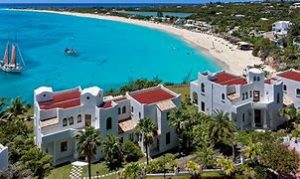
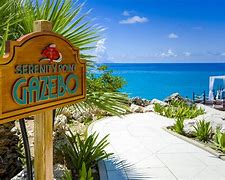
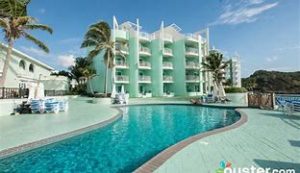
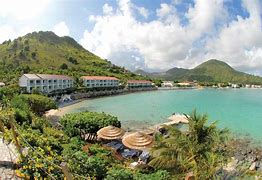
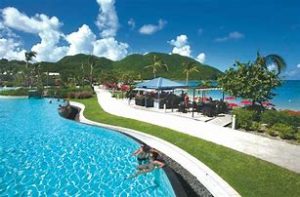
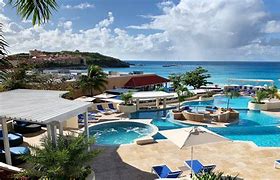
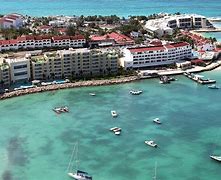
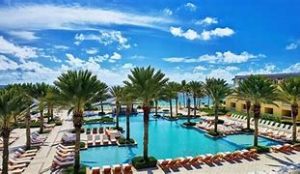
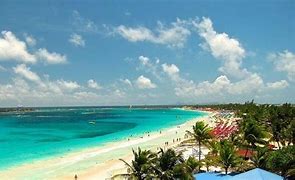

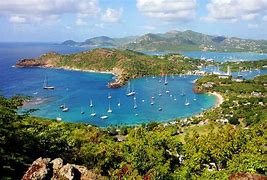
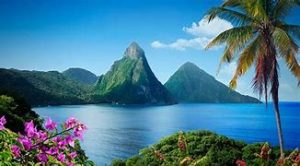

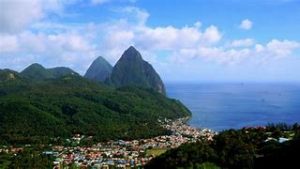
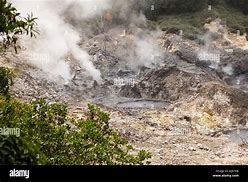
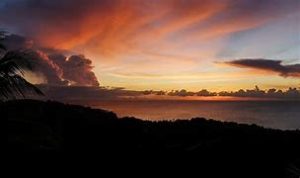
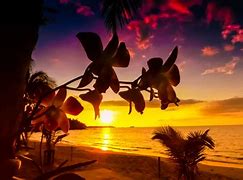
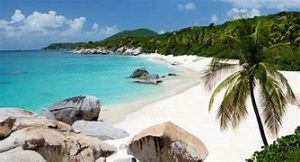
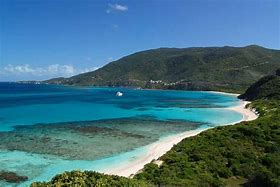
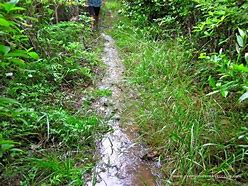
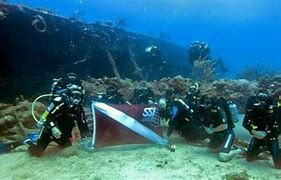
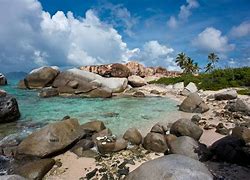
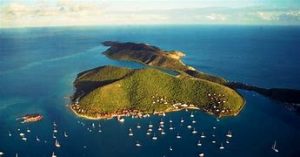
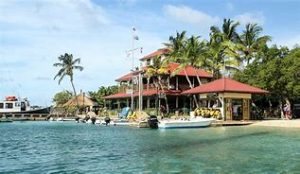
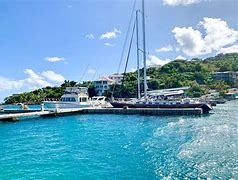
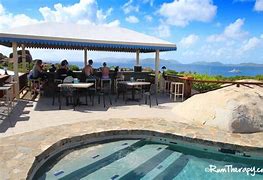
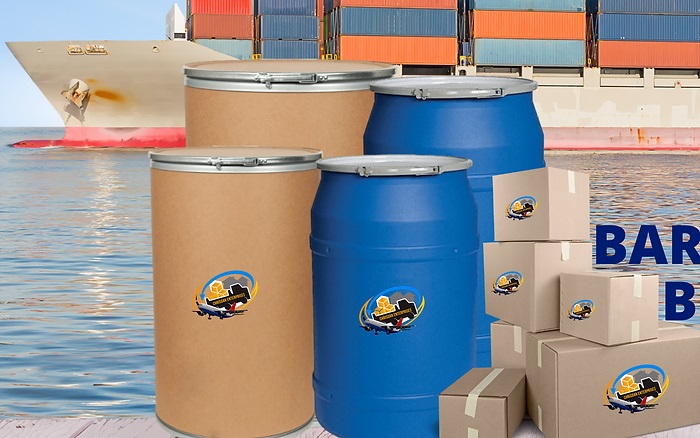 Sign up for a Frequent Shipper Mailbox and enjoy these benefits when you ship monthly with Chrisdan Enterprises:
Sign up for a Frequent Shipper Mailbox and enjoy these benefits when you ship monthly with Chrisdan Enterprises: